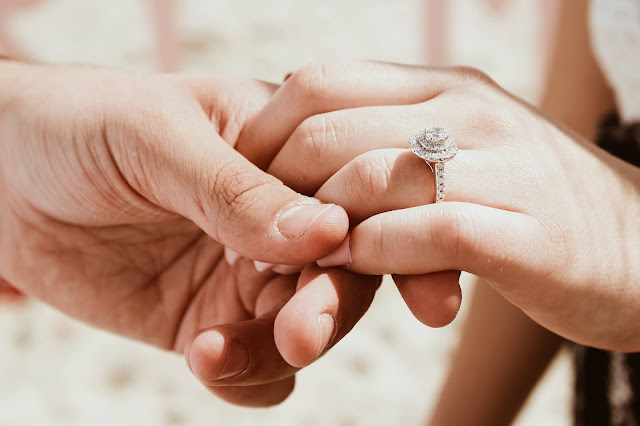What is Paithani?
What is Paithani made of exactly?
It is woven out of pure silk fabric to get the desired look for the perfect occasion. There are three types of silk threads that are used in order to make a paithani:
- Charkha: This is widely used. It is cheap, dull and uneven.
- Ciddle-Gatta: Fine quality silk, thin shear, shiny, smooth and even.
- China silk: Very expensive to use.
Here are a few features of a pure Paithani Saree:
Colours
Paithani Sarees come in a lot of colours. These colours are made out of vegetable dyes. The dominant traditional colours include the following:
- Pophali - yellow
- Red
- Lavender
- Purple
- Neeligunji - sky blue
- Magenta
- Motiya - peach pink
- Pearl pink
- Peacock - blue/green
- Yellowish green
- Kusumbi - violet red
- Pasila - red and green
- Gujri - black and white
- Mirani - black and red
Motifs
A lot of Buddhist influence is seen on these sarees, especially the kind of motifs that have been carved on the sarees. They have a touch of Ajanta and Ellora caves motif of them due to them being in a very close proximity. The motifs have a particular name to them, they are as follows:
- The Kamal or Lotus flower on which Buddha sits or stands
- The Hans motif
- The Ashraffi motif
- The Asawalli (flowering vines), became very popular during the Peshwa's period
- The Bangadimor, peacock in bangle
- The Popat-Maina
- The Humarparinda, peasant bird
- The Amar Vell
- The Narali motif (coconut), very common
Small motifs like circles, stars, kuyri, rui phool, kalas pakhhli, chandrakor, clusters of 3 leaves, were very common for the body of the sari.
There were a few motifs that were only used on the pallu of the border, also known as padar. They also have a specific name to them, which are as follows:
- Muniya, a kind of parrot used in borders and always found in green colour with an occasional red touch at the mouth
- Panja, a geometrical flower-like motif, most often outlined in red
- Barwa, 12 strands of a ladder; 3 strands on each side
- Laher, design is done in the centre to strengthen the zari
- Muthada, a geometrical design
- Asawalli, a flower pot with a flowering plant
- Mor, a peacock
Paithani can be classified by three criteria: motifs, weaving, and colours.
Motifs:
- Morbangadi : The word bangadi means bangle and mor means peacock. So morbangadi means a peacock in a bangle or in a bangle shape. The motif is woven onto the padar, the design sometimes having a single dancing peacock. The saris using this motif are very expensive because of the design.
- Munia brocade: Munia means parrot. Parrots are woven on the padar as well as in border. Parrots are always in leaf green colour. The parrots in silk are also called tota-maina.
- Lotus brocade: lotus motifs are used in padar and sometimes on the border. The lotus motif consists of 7-8 colours.
Weave:
- Kadiyal border sari: Kadiyal means interlocking. The warp and the weft of the border are of the same colour while the body has different colours for warp and weft.
- Kad/Ekdhoti: A single shuttle is used for weaving of weft. The colours of the warp yarn is different from that of the weft yarn. It has a narali border and simple buttis like paisa, watana, etc. Kad is also a form of lungi and is used by male Maharashtrians.
Colours:
- Kalichandrakala: pure black sari with red border.
- Raghu: parrot green coloured sari.
- Shirodak: pure white sari.
We have exclusive designs of Paithani Sarees. Visit our store at Boca Raton, South Florida or explore our huge range of sarees online at houseofdevam.com.




Comments
Post a Comment